Kingdom Fungi Class Agaricomycetes Rank Genus | Division Basidiomycota Family Sebacinaceae Order Sebacinales | |
 | ||
Similar Sebacinales, Tulasnella, Ceratobasidium, Piriformospora, Sistotrema | ||
Sebacina pululahuana fungi kingdom
Sebacina is a genus of fungi in the family Sebacinaceae. Its species are mycorrhizal, forming a range of associations with trees, orchids, and other plants. Basidiocarps (fruit bodies) are produced on soil and litter, sometimes partly encrusting stems of living plants. The fruit bodies are cartilaginous to rubbery-gelatinous and variously effused to coral-shaped. The genus has a cosmopolitan distribution, but less than a dozen species are currently recognized worldwide.
Contents
- Sebacina pululahuana fungi kingdom
- Taxonomy
- Description
- Microscopic characters
- Mycorrhizal associations
- Species
- References
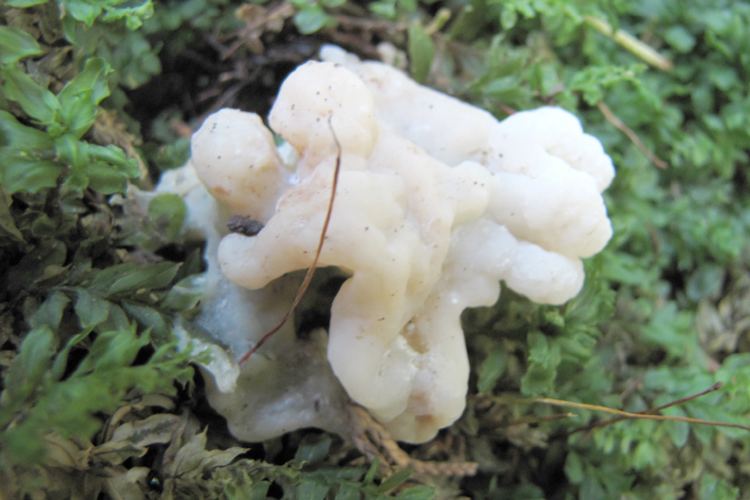
Taxonomy

The genus was first published in 1871 by Louis and Charles Tulasne who had discovered that two species (Sebacina incrustans and S. epigaea) previously referred to Corticium or Thelephora possessed septate basidia, similar to those found in the genus Tremella. Although it was unusual at that time to separate fungal genera on purely microscopic characters, Sebacina was erected for effused, Corticium-like fungi with tremelloid basidia.
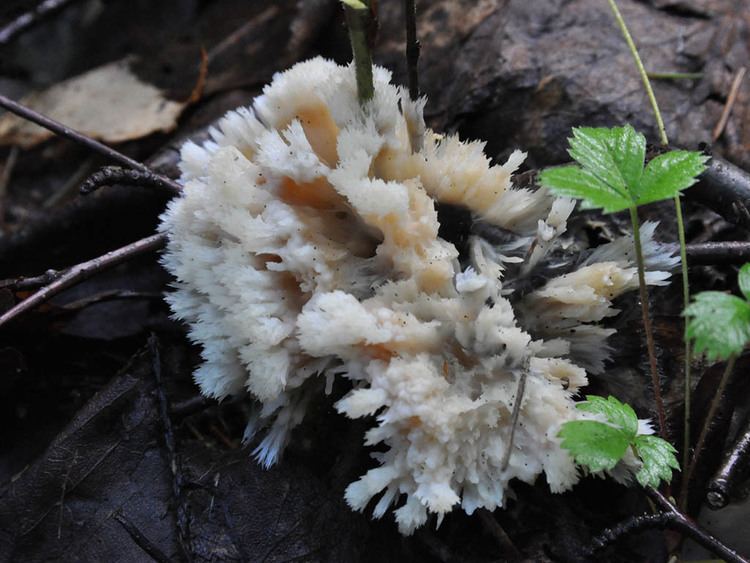
Many additional species were added to the genus by subsequent authors. Most, however, proved to be unrelated to Sebacina and were removed in 1957 by Ervin, who shuffled some species to Heterochaetella (for example, Heterochaetella dubia, now Stypella dubia (Bourdot & Galzin) P. Roberts), Bourdotia and Exidiopsis. In 1961, Wells also transferred many species to the genus Exidiopsis. The type species, S. incrustans, has a variable morphology, which has led to it being assigned a number of names.

Recent molecular research has shown that Sebacina is far more diverse than previously assumed, though this genetic diversity may not be reflected in morphological characters (in other words, species may be impossible to distinguish except by DNA analysis). The same research also shows that the genus splits into two groups, one clustered with the type species, the other clustered with a species sometimes referred to as "Sebacina vermifera" (though this is a misidentification). This latter species is distinct in forming thin, waxy fruit bodies and the group may not be part of Sebacina in the strict sense. Even in the strict sense, Sebacina is artificial, not being clearly distinct from related genera such as the coral-like Tremellodendron.
Description
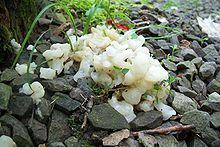
Fruit bodies are typically cartilaginous or rubbery-gelatinous. In effused species (those that spread out loosely or flat), they are formed on the soil surface or in leaf litter, often encrusting fallen twigs and debris, sometimes encrusting the stem bases of living plants. In the type species, irregular or coral-like outgrowths may also be produced. In one species, bracket-like outgrowths are formed. In two other species, the fruit bodies are entirely coral- or net-like. Spores are white in mass.
Microscopic characters
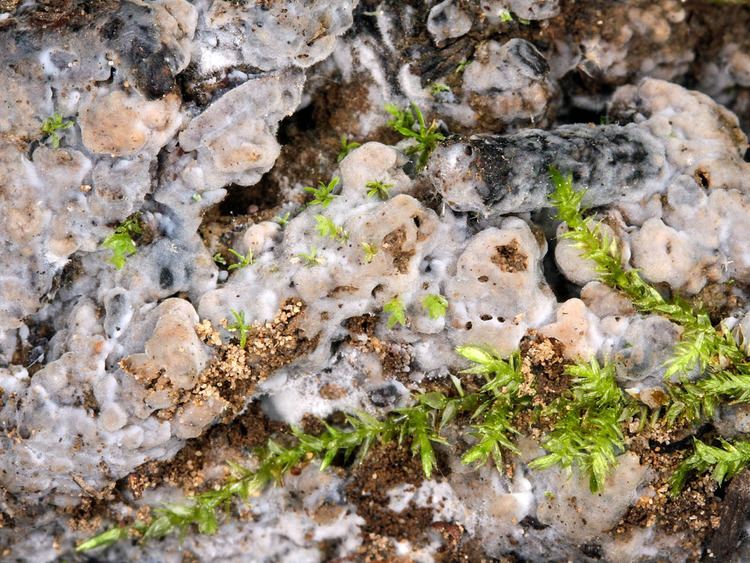
Fruit bodies are composed of hyphae lacking clamp connections in a gelatinous matrix. In one species the hyphal system is dimitic. The spore-bearing surface is initially covered in a layer of weakly branched hyphidia below which the basidia are formed. The basidia are tremelloid (ellipsoid and vertically septate), giving rise to long, sinuous sterigmata or epibasidia on which the basidiospores are produced. These spores are typically ellipsoid to oblong, but allantoid (sausage-shaped) in one species and vermiform (worm-shaped) in another.
Mycorrhizal associations
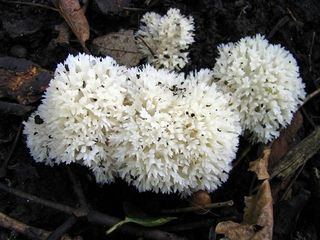
Sebacina species were assumed to be saprotrophic until DNA analysis of mycorrhizal roots showed that they were plant associates. They are now known to be ectomycorrhizal associates of forest trees as well as endomycorrhizal associates of orchids. They also form mycorrhizas with ericoid plants. Recent research has additionally revealed their presence on a range of non-mycorrhizal plant roots, suggesting they may be common root endophytes.
Species
For older names, the list is based on species retained in Sebacina by Wells (1961).
